
More than three quarters of delivery riders say they don’t want to pick and pack grocery orders, after Uber Eats last week announced couriers will soon be picking items from store shelves, as well as delivering the orders to customers.
A survey by Rodeo – which enables riders to track earnings across multiple apps and see what days, times and areas are providing the best pay – found 77% of its platform users were against the idea.
The biggest concern cited by respondents was that the move “would be used as yet another opportunity to cut driver pay”. Rodeo – based on millions of orders completed by Rodeo users.– estimates that Uber reduced its average order delivery fee between 2022 and last year by 2.3% to £4.21. That follows a steady fall in average fees on Uber, as per other platforms, since 2020.
The other major concern raised was “the quality of experience for customers”. Like rival platforms, Uber’s terms allow drivers to rent out their accounts to appointed substitutes with few mandatory checks – despite concerns from the Home Office – and to complete multiple orders on different apps at the same time (known as multi-apping).
“Given the lack of control there seems to be a risk that asking drivers to pick and pack orders could lead to a variable customer experience,” said Rodeo co-founder Alfie Pearce-Higgins.
Uber’s new model – which mimics that of Instacart in the US – has not gone down without concern from couriers in Uber delivery rider Facebook groups.
“We’re delivery drivers/riders,” one posted. “The whole point of the service is to just collect and deliver. That way mistakes with the order are solely down to the place we collect from, thus shifting blame away from the delivery people themselves.”
Another said: “Reject all the time, every time.”
Some were concerned the fee would not sufficiently cover the labour involved, and that couriers being required to front the payment for the order and get reimbursed later, or else use credit on Uber’s ‘Plus’ card to make the payment, would cause issues.
“What if the customers decided to cancel the order? Does that mean riders have to take the order home and lose money?” one said.
Others expected problems due to the fact that significant proportions of Uber’s rider-base was made up of foreign workers. “Half the people I meet recently doing this can just about read the order numbers out. Can’t wait to see what ends up in a shopping basket,” one said. “It’s going to be carnage,” added another.
In the new model, couriers receive an estimated time to pick the order – and must queue up at a manned or self-service checkout like any other in-store customer. Uber says it is introducing a raft of new features in the courier-facing Uber Eats app to guide them through finding the items, ensuring they have picked the right product, and offering tips on picking and weighing the freshest produce. Couriers will be told where in the store – an aisle and shelf number – to find each product, and then scan the barcode with their phone to verify they have picked correctly to “help take the guesswork out of navigating sizes, flavours, colours, and more”. The app will also suggest replacements if an item is out of stock.
The fee structure for couriers picking and packing orders has not yet been revealed. Rodeo says that in comparison to Uber, Beelivery – a small UK operator that similarly expects riders to pick orders - pays “significantly higher fees than Uber” and Instacart drivers in the US “receive much higher tips”.
“Uber’s move appears to be another step in the increasing competitive battle between platforms to lock in supermarkets – many of whom have plans to launch or grow their own apps,” Pearce-Higgins said. “However, it is unclear whether grocers, many of whom already have concerns around the reliability and vetting of drivers, will be happy to take this risk of giving up even more control.”







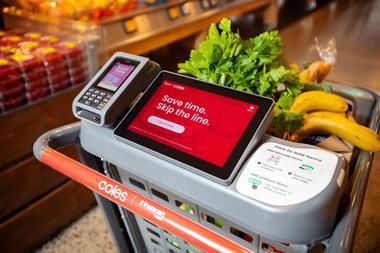
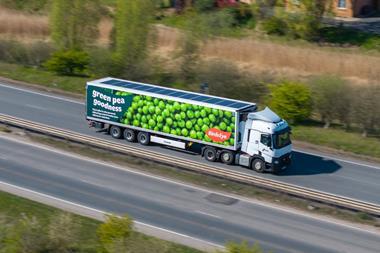
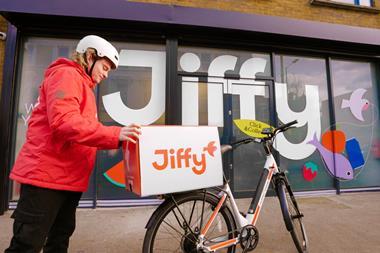
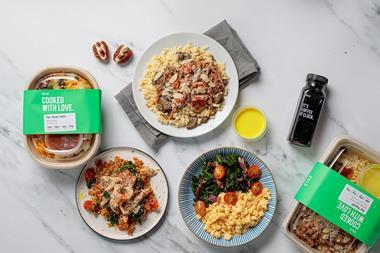
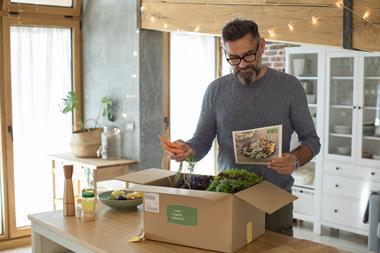
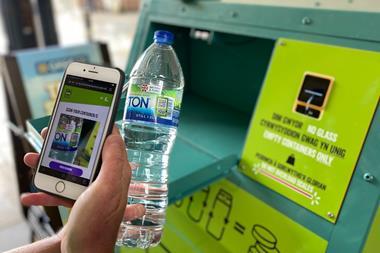

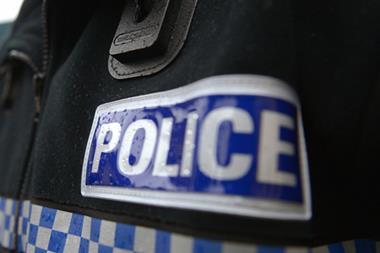


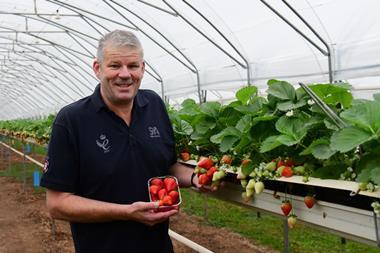

No comments yet